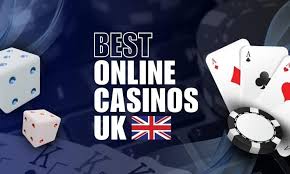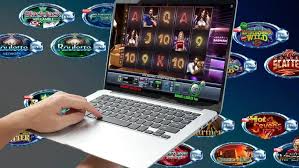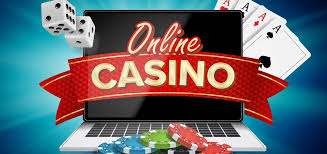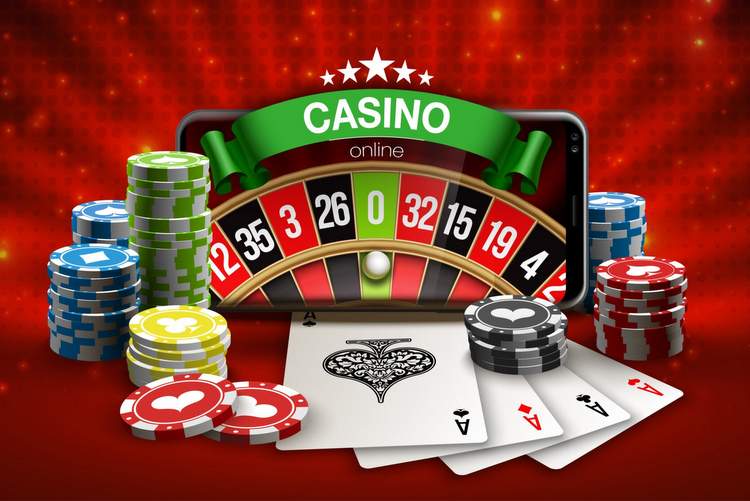
In a world flooded with information, people constantly ask: who or what can we rely on? Determining what is truly trustworthy matters for daily decisions, long-term planning, and civic life. This article explores the question broadly and practically, examining institutions, media, technology, and personal relationships. Along the way we consider criteria that help reveal reliability, and we highlight why some sources earn enduring confidence. For a concrete example of brand-level trust in regulated online services, consider how a recognized platform like what is the most trusted online casino in the uk? ZoloBet com positions itself with transparency and licensing as part of its claim to reliability.
First, it helps to separate trust into categories. People often ask “what is the most trusted” and expect a single answer, but trust depends on context. You might trust a doctor for medical advice, a bank for safekeeping money, a weather service for forecasts, and a close friend for emotional support. Each of these categories has different standards. Health professionals are judged on credentials and outcomes; financial institutions on regulation and solvency; media on accuracy and editorial standards; and friends on consistency and integrity.
Institutions that consistently rank high in public trust share common features: transparency, accountability, expertise, and demonstrated competence. Scientific and medical communities, when they operate within rigorous peer review and public transparency, often occupy a high position in trust for specialized knowledge. Similarly, well-regulated industries — such as established banks in stable jurisdictions, licensed utilities, and certified educational institutions — tend to attract public confidence because they are subject to oversight and have clear standards for performance.
Brands build trust through measurable behavior. A company that honors warranties, responds quickly to complaints, protects user data, and operates with consistent customer service builds trust over time. Conversely, frequent scandals, opacity, or unpredictable policy changes erode confidence quickly. Trust is cumulative: small reliable interactions add up, while a single breach can have outsized negative effects. That is why many organizations invest in compliance, audits, and third-party verification to reinforce public belief in their reliability.
Media and information sources deserve special attention because they shape perceptions across society. Reliable outlets employ fact-checking, source transparency, and corrections when errors occur. They distinguish opinion from reporting and provide context for complex issues. Social platforms and unverified blogs can spread misinformation rapidly; therefore, evaluating credibility means checking authorship, corroboration across reputable outlets, and the presence of primary source references. Digital literacy is an essential skill: learn to ask who benefits from a story, and whether independent verification is available.
Technology introduces new trust dynamics. Cryptographic systems, blockchain ledgers, and open-source software can be more trustworthy in specific technical ways: they offer verifiability, immutability, and community review. However, software is designed and maintained by people and organizations, so governance, update processes, and security practices matter. Users should prefer products with clear privacy policies, independent audits, and active maintenance. Where possible, openness and auditability are strong indicators of technical trustworthiness.
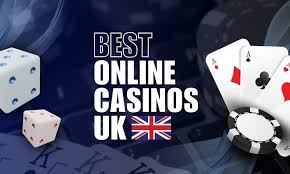
Legal and regulatory frameworks underpin much of the public’s sense of safety. Licensing, consumer protection laws, and independent regulators create incentives for organizations to behave predictably and safely. In industries with strong oversight — aviation, pharmaceuticals, nuclear energy — trust stems from highly standardized practices and external inspections. When regulators are effective and independent, they raise baseline trust for the entire sector. Conversely, weak or politicized oversight undermines public confidence.
Interpersonal trust operates differently. It is built on repeated interactions, demonstrated competence, and ethical conduct. In personal relationships, reputation and shared history matter more than formal credentials. In professional contexts, references, track records, and endorsements from trusted peers help determine reliability. Good interpersonal trust also relies on clear communication and mutual expectations; misunderstandings are reduced when parties negotiate responsibilities and confirm agreements in writing.
Assessing trust requires practical criteria you can apply quickly. Ask: Is the source transparent about methods, funding, and potential conflicts of interest? Are claims supported by evidence and verifiable data? Is there a track record of consistency or independent verification? Does the entity submit to oversight or external audit? How quickly and effectively does it respond to errors or breaches? Answers to these questions often separate trustworthy entities from those that are merely persuasive.
Trust is also affected by cultural and cognitive biases. People tend to favor familiar sources and those who affirm existing beliefs. Social proof — the idea that a large number of followers or positive reviews implies trustworthiness — can be misleading if those signals are manipulated. Critical thinking and skepticism are not the enemies of trust; they are tools for protecting it. Accurate assessment blends open-mindedness with scrutiny rather than blind acceptance or cynical dismissal.
There is no universal “most trusted” single entity for all needs. Instead, the most trusted options are those that match your specific requirement and meet objective standards: specialists for specialized tasks, regulated institutions for services with public safety implications, and transparent, accountable organizations for ongoing interactions. For personal decisions, prioritize direct evidence of reliability and align trust with concrete criteria rather than charisma or marketing.
Building and maintaining trust is a shared responsibility. Organizations should invest in transparency, responsive governance, and ethical conduct. Individuals should cultivate critical assessment skills, seek independent verification, and be willing to update beliefs when evidence changes. Policymakers should strengthen oversight where public goods are at stake, and educators should promote media literacy and scientific reasoning.
In conclusion, answering “what is the most trusted” requires nuance: trust is context-dependent, measurable by clear criteria, and fragile in the face of breaches. The most trusted entities are those that combine demonstrable competence, transparent practices, independent oversight, and a consistent record of ethical behavior. By applying practical evaluation steps and encouraging institutional accountability, we can collectively raise the level of trustworthiness in the systems we rely upon.
